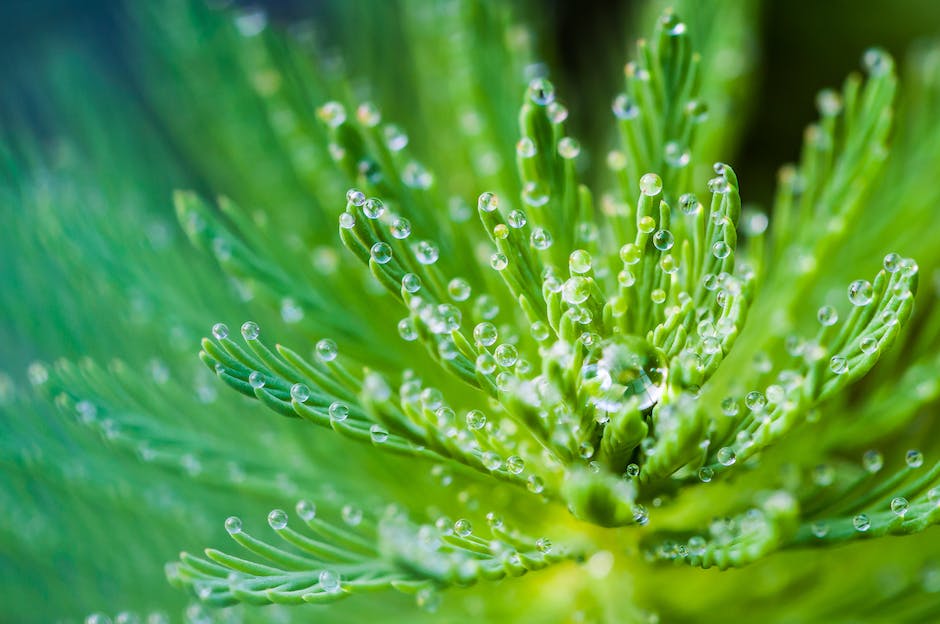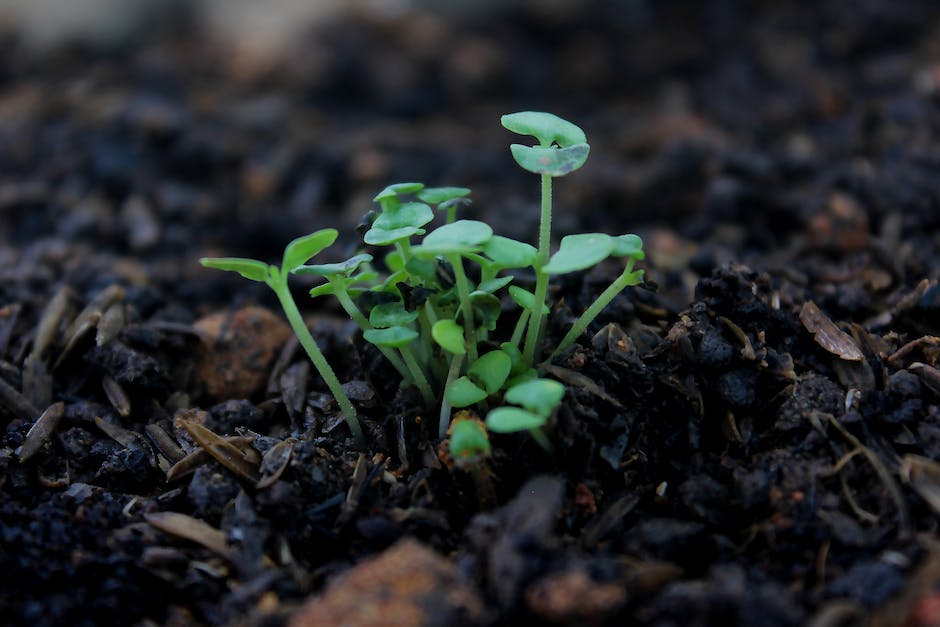The Art of Helping Plants Grow: A Beginner’s Guide

Unravel the fascinating world of plant science and discover the essentials of plant growth and development. Being the foundation of life on Earth, plants not only provide us with food and oxygen but also add beauty and tranquility to our surroundings. They have an amazing ability to convert sunlight and water into energy through a process known as photosynthesis. Besides this crucial process, plants also undergo respiration and a host of other cellular activities. To bring forth this life-giving potential, plants require certain optimal conditions including an adequate amount of light and water. The needs vary from plant to plant, while some revel under direct sunlight, others thrive in shaded areas. Similarly, some plants demand copious amounts of water, others are adapted to survive with a minimal supply. Additionally, the right combination of soil and nutrients play a vital role in any plant’s vigor. By understanding the significance of soil nutrients, and how to select or modify soil properties according to the variety of the plant, you can boost your plant’s quality of life substantially.
Understanding the basics of plant science
Unraveling the Fundamental Principles of Biology Essential for Plant Growth
In the realm of biology, understanding plant growth represents a vivid symphony of complex processes guided by fundamental principles. The dynamic interplay of these principles continues to captivate the minds of scientists with its intrinsic harmony. Crucially, these interactions serve as the basis of plant growth and development. Herein, we delve into the essential biological principles required to comprehend the intriguing panorama of plant growth.
Firstly, genetic control, an eminent concept, governs every aspect of plant growth. Every plant cell carries the same set of genes, yet it’s their activation or “expression” that determines the specific role a cell will play. This process, known as cellular differentiation, results in a variety of cell types, each specialized in structure and function, from leaf cells optimized for photosynthesis to root cells designed for water and nutrient absorption.
The unrivaled masterpiece of photosynthesis takes center stage in plant growth. This complex biological process enables plants to convert sunlight into chemical energy stored as glucose, with oxygen as a byproduct. Photosynthesis not only fuels all plant functions but also provides the foundation for almost all life on Earth.
No discussion of plant biology could be considered complete without an appraisal of transpiration. Transpiration, the process by which water is transported from roots to the rest of the plant, serves dual functions. It aids in nutrient transport and provides evaporative cooling, thereby maintaining optimum plant temperature. This process is closely interlinked with the plant’s gas exchange system, also known as the stomatal system.
One must also include tropism, the directional growth response of plants towards or away from stimuli. This includes light (phototropism), gravity (gravitropism), water (hydrotropism), and touch (thigmotropism), amongst others. Engagingly, evolution has equipped plants with these abilities to ensure the best possible chances of survival.
The transport of nutrients via the phloem, a phenomenon known as translocation, also holds an impressive stance in plant growth. While photosynthesis enables sugar production, translocation distributes these sugars from leaves to other parts of the plant, supporting growth and development.
Finally, the resolute cycle of life and death, typically represented by the seasons, is yet another unavoidable botanical principle. Deciduous plants, for example, lose their leaves in autumn to conserve resources during winter, ultimately stimulating a burst of growth upon the onset of spring.
In closing, it is this rich tapestry of genetic control, photosynthesis, transpiration, tropisms, translocation, and seasonal changes, converging in unison, that orchestrates the astonishing process of plant growth. Understanding these principles illuminates not only the mechanisms of life on a microscopic scale but also the grandeur of nature on a macroscopic one. Indeed, these tenets of biology lay the groundwork for tremendous future strides in the field of plant sciences.

Knowing the proper amounts of light and water
The Imperative Balancing Act of Sunlight and Water Intake for Plant Health
In evaluating plant health and development, the factors that control plant expressions – genetic control, cellular differentiation, photosynthesis, tropism, translocation, and seasonal changes – are indeed paramount, but so too are the more tangible, everyday inputs of sunlight and water.
In essence, plants require sunlight and water for their very survival. As autotrophic entities, plants generate food (glucose) via photosynthesis, where light energy from the sun is converted into chemical energy. This indispensable process cannot function without an abundance of sunlight. Typically, most household plants necessitate 12-16 hours of light per day. However, it is crucial to recognize that various species have unique requirements. That said, it is a good rule of thumb to place green foliage plants in diffused light environments and flowering species in an area with plentiful, direct sunlight.
Moreover, water’s role for plants is dual. It not only carries essential nutrients from the soil into the plant but also facilitates cooling through transpiration. A plant’s water requirement, like light, is species-dependent. Variations in plant types, pot sizes, and environmental conditions all influence the quantity of water a plant needs. Succulents and cacti, for example, typically thrive with minimal water, relying on their innate ability to store water. Most tropical houseplants, on the other hand, prefer regular watering.
Nevertheless, it is vital not to overwater, as this may lead to root rot which can cause significant damage or potentially terminate the plant’s life. As a pointer, watering should generally be carried out when the top layer of soil feels dry to the touch, never allowing the plant’s soil to go entirely dry for long periods.
The balancing act of sunlight and water provision can be complex, as too much or too little of either can cause considerable issues. Inaccurate light or water can trigger chlorosis (leaf yellowing), necrosis (cell death), wilting, stunted growth, or failure to flower.
Given the plethora of plant species, their attendant needs, and the impacts of environmental shifts, it is impossible to universalize a ‘one-size-fits-all’ approach. However, by maintaining diligent observation to decipher individual plant needs, aligning care routines with the plant’s native habitat, and responding to changes in the plant’s appearance, one can usually optimize a plant’s sunlight and water intake effectively.
Indeed, the beauty and vitality of plants require more than just understanding the esoteric cellular processes. It also lies in gaining a keen insight into their basic sunlight and water needs, which underpin their very existence and health. This is a continuous, enlightening journey of human-plant interaction, where we learn to decode the subtle signs of plant responses to their environment. Acknowledging their holistic needs can ensure their robust growth, enhance our living spaces, and contribute to planetary well-being.

Choosing the right soil and nutrients
Delving deeper into the essentials of plant growth, one inevitably stumbles upon the fundamental, yet vastly intricate, realm of soil nutrients. The earth beneath our feet, often dismissively regarded as inconsequential dirt, carries a notable weight in the world of botany. A thorough perusal unveils an intricate tapestry of nutrient interactions, essential for the cultivation of vibrant, hale, and hearty vegetation.
Understanding the concept of soil fertility is key. Fertile soil is a dynamic mishmash of mineral particles, organic matter, water, and air. Woven within this matrix and governed by intricate biochemical equations, are substantial amounts of micro and macro nutrients. The often underestimated microorganisms in the soil serve as the gatekeepers of these nutrients.
Noteworthy among the macro-nutrients are nitrogen (N), potassium (K), and phosphorous (P). Foliage growth is fueled by nitrogen, a primary component of amino acids, proteins, and chlorophyll. Phosphorous promotes robust root development, flowering, and fruiting, while potassium aids in disease resistance and water management within plants.
Digging further down the nutrient rabbit hole, we find secondary macronutrients such as calcium, magnesium, and sulfur. These may not ring bells as often as N, K, P trio, nonetheless, they play indispensable roles – from fortifying cell walls to aiding in photosynthesis and plant respiration.
Entering the microscopic arena introduces us to trace elements or micronutrients. These, although required in negligible amounts, play vital roles. Iron, boron, copper, molybdenum, zinc, manganese, and chlorine, each have a unique part in a plant’s nutrient symphony.
Soil pH deserves a notable mention in this discourse. It is the unsung hero that can modulate nutrient availability. Soil that is too acidic or too alkaline can lock away vital nutrients, rendering them unavailable to plants. Thus, maintaining soil pH within the optimal range, typically between 6.0 and 7.0, is key.
Having delved into the what, the focus naturally shifts to the how. Implementing a suitable fertilizer regime is an elegant solution, however, the perceptive gardener will also strive to employ sustainable practices. Strategies such as composting and vermicomposting to enrich soil organic matter, crop rotation to prevent nutrient depletion, and implementing cover crops to improve nutrient retention are indispensable in the long-term game of soil fertility chess.
The variegated world of soil nutrients and their roles, is as mesmerizing as it is complex. Understanding these interactions allows the gardener or botanist to make educated decisions and implement effective strategies that facilitate the creation of unrivalled bloom and bounty. From tending the humble backyard garden, through to managing vast agricultural operations, the importance of nutrient-rich soil remains paramount.

Unearth your potential as a seasoned gardener or a curious plant lover by understanding the rigorous science behind these serene creatures. From elementary processes like photosynthesis to choosing appropriate soil conditions, plant care involves a wide array of factors. Harness the radiant power of the Sun and the life-giving potential of water to nurture your green friends. Dive into the world of soil nutrients and learn to tailor them to the needs of individual plant varieties. May your newfound knowledge illuminate your path to successful plant care, fostering a green and thriving environment around you. Remember, every plant is unique and understanding their individual needs and preferences is key to unlock their full potential to grow healthily and beautifully.



